Patterns are everywhere! Patterns can be small, large, or in-between. Patterns can be simple or complex. Recognizing patterns is a fundamental math skill that we use everyday, from sunrise and sunset to left and right shoes. Patterns are not just what keeps the peanut butter on the inside of our sandwiches, they are also what makes life fun and interesting. Let’s explore some designs, just to see if we can spot the patterns (hold your cursor over each picture for a hint). Looking for patterns sharpens your visual skills!

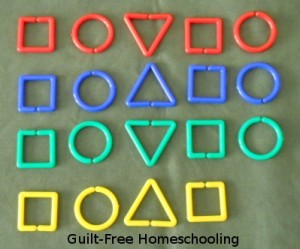

Create a simple pattern of colors or shapes using game pieces, beads, coins, buttons, or anything suitable you have on hand, and challenge your students to repeat it. Beginners may need a little help with recognizing what makes the pattern, analyzing when and how it repeats, and the logic of what comes next, but they will catch on quickly. Some students may repeat a pattern accurately the first time, but may not catch a mistake if they are repeating it multiple times. Help them learn to check their own work for errors.

Anne Sullivan taught Helen Keller using this method and stringing beads.
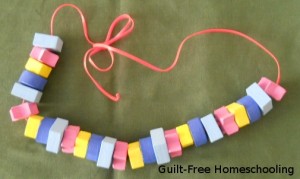
Beads can be strung in patterns on yarn, ribbon, shoestrings, leather boot laces, fishing line, pipe cleaners, toothpicks, etc. Use large wooden beads, plastic pony beads, Hama beads, tiny glass beads, etc. Slice pool noodles into jumbo beads to string onto heavy wire, garden hose, or a yardstick. Start a pattern, and let your kids finish it — or let them challenge themselves or each other in making patterns.
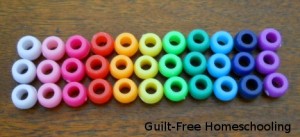 We make patterns when we set the table with plates and silverware. We make patterns when we match up socks in the laundry. We make patterns with our footprints when we walk through sand or snow. Pattern recognition can be applied to all phases of life, from lining up toy trucks to analyzing when a machine can be expected to break down from wear. Yes, that’s another application of patterns! And now, just for fun, watch this crazy video from Weird Al, all about PATTERNS! Want to grab some graph paper and colored pencils and make more patterns?
We make patterns when we set the table with plates and silverware. We make patterns when we match up socks in the laundry. We make patterns with our footprints when we walk through sand or snow. Pattern recognition can be applied to all phases of life, from lining up toy trucks to analyzing when a machine can be expected to break down from wear. Yes, that’s another application of patterns! And now, just for fun, watch this crazy video from Weird Al, all about PATTERNS! Want to grab some graph paper and colored pencils and make more patterns?
See also:
What Is the Missing Element?
100-Grids and flashcard Bingo

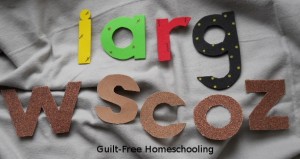
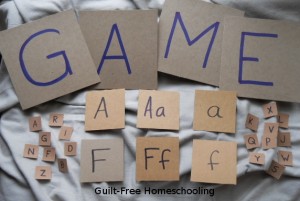
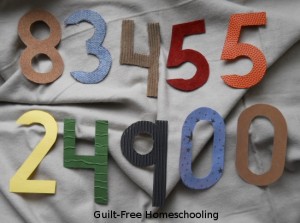
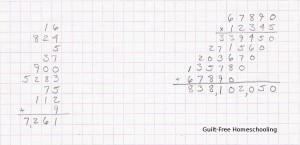
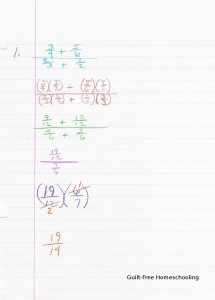
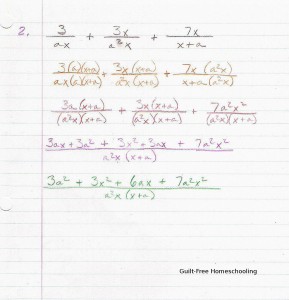
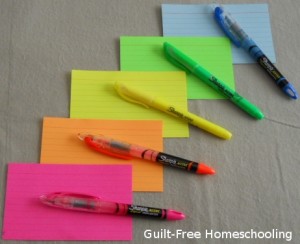

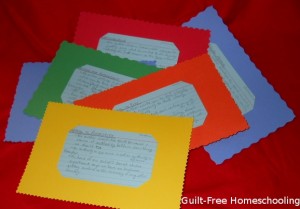
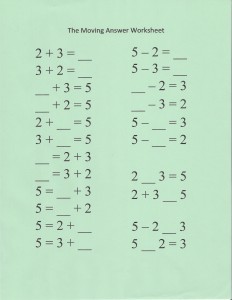


 Guilt-Free Homeschooling is the creation of Carolyn Morrison and her daughter, Jennifer Leonhard. After serious disappointments with public school, Carolyn spent the next 11 years homeschooling her two children, from elementary to high school graduation and college admission. Refusing to force new homeschooling families to re-invent the wheel, Carolyn and Jennifer now share their encouragement, support, tips, and tricks, filling their blog with "all the answers we were looking for as a new-to-homeschooling family" and making this website a valuable resource for parents, not just a daily journal. Guilt-Free Homeschooling -- Equipping Parents for Homeschooling Success!
Guilt-Free Homeschooling is the creation of Carolyn Morrison and her daughter, Jennifer Leonhard. After serious disappointments with public school, Carolyn spent the next 11 years homeschooling her two children, from elementary to high school graduation and college admission. Refusing to force new homeschooling families to re-invent the wheel, Carolyn and Jennifer now share their encouragement, support, tips, and tricks, filling their blog with "all the answers we were looking for as a new-to-homeschooling family" and making this website a valuable resource for parents, not just a daily journal. Guilt-Free Homeschooling -- Equipping Parents for Homeschooling Success!

Recent Comments